You probably already have a backpack. Most people do.
Maybe it’s the one you take to work. Maybe it’s your weekend hiking bag. Or maybe it’s just the one that’s been sitting in the hallway cupboard for the past 10 years.
But here’s the thing:
The average backpack wasn’t made for travel.
It was made for daily errands. Or short commutes. Or kids heading to school.
And while it might have served you well in those settings, once you’re in an airport, on a train platform, or walking unfamiliar streets, its flaws show up fast.
1. Too open. Too easy.
Most standard backpacks are built for convenience, wide openings, exposed zippers, and quick access.
Which is great… until it’s on your back, out of sight, in a packed train carriage or busy market.
If your zips are easy for you to open, they’re easy for someone else too.
And when you’re travelling, you’re carrying the important stuff, your passport, credit cards, camera, medication. Things you absolutely don’t want to lose.
One distraction is all it takes.
Anti-theft features like lockable zippers, hidden compartments, and slash-resistant fabrics add passive protection , so you don’t have to be constantly checking or clutching your bag.
2. No structure = more stress
Let’s be honest:
Digging through a soft, saggy backpack in the middle of a terminal isn’t anyone’s idea of smooth travel.
Most everyday backpacks collapse when half full. They offer little to no internal structure. That means your gear shifts around, gets buried, and makes you feel disorganised, even if you packed perfectly.
A good travel backpack holds its shape.
You open it, and everything is where it should be.
No flopping open. No digging to the bottom. No “Where did I put my...?”
Because when you’re tired, in transit, or in a rush, simplicity matters more than you think.
3. Wrong size, wrong feel
Here’s the sweet spot most backpacks miss:
- Too big? You’re constantly bumping into things. It won’t fit under the airplane seat in front of you. And your back aches by lunchtime.
- Too small? You end up holding half your gear in your hands or pocket, sunglasses, snacks, water, charger, etc.
A proper travel backpack sits in the middle:
Compact but spacious. Lightweight but strong. Big enough for essentials, but not so oversized it becomes a hassle.
And comfort? That’s non-negotiable.
Look for wide padded straps, breathable fabric, and a design that won’t leave your shoulders sore after a long day out.
4. Stands out for the wrong reasons
Most everyday backpacks weren’t designed with discretion in mind.
Shiny zips, oversized logos, tactical-looking webbing, bright colours… They draw the eye. And not always in a good way.
But when you’re in unfamiliar places, especially tourist-heavy areas, blending in can actually help you feel safer.
Looking like a local (or at least not like an obvious target) matters.
A low-profile backpack doesn’t advertise what’s inside. It doesn’t say “tech gear” or “expensive stuff here.”
It just looks... normal. Calm. Understated.
And that can make all the difference.
So what should a travel backpack actually do?
Here’s what to look for if you want something that’s truly travel-ready:
✅ Lockable or hidden zippers
✅ RFID-blocking pockets for cards and passports
✅ Structured body that holds its shape and opens easily
✅ Lightweight, durable material that’s comfortable to carry
✅ A size that fits under airline seats, on your lap, or at your feet
✅ Functional compartments (not 27 of them, just the right amount)
✅ A clean, discreet design that doesn’t draw unnecessary attention
If your current backpack doesn’t tick these boxes, it’s probably not helping you travel better.
It might even be making things harder than they need to be.

Meet Voyager
The smarter everyday travel backpack
We designed the Voyager Anti-Theft Backpack with everything above in mind. Hidden zips. Lockable compartments. Clean, structured design. It doesn’t look like an anti-theft bag, and that’s exactly why it works so well.
Explore the Voyager Backpack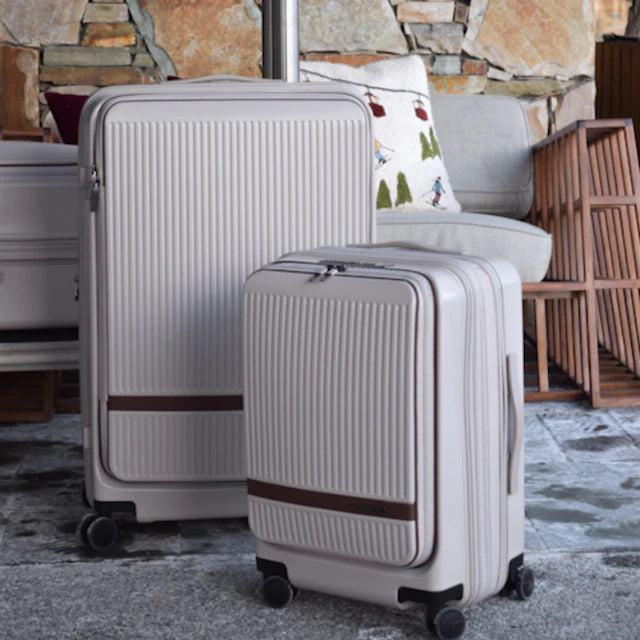
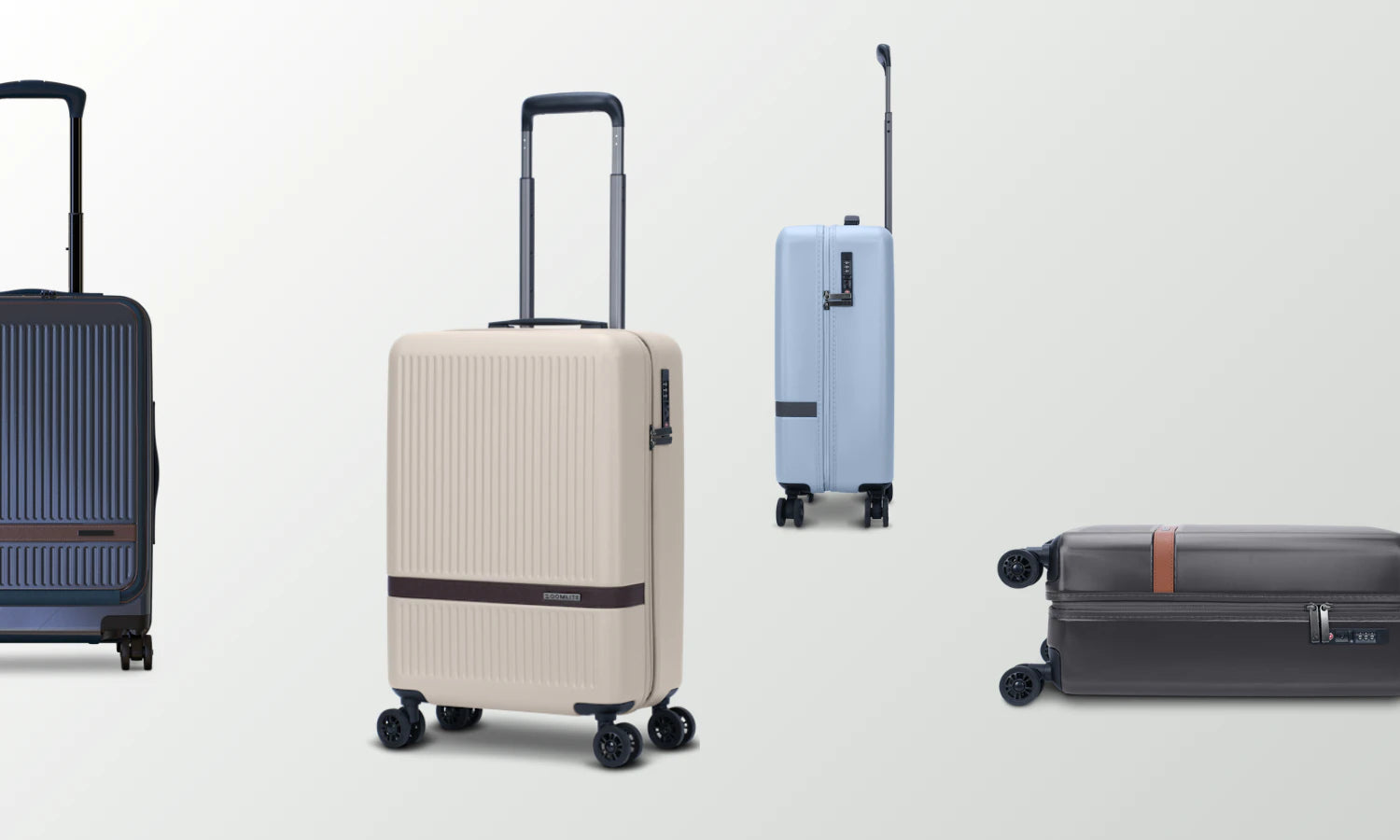
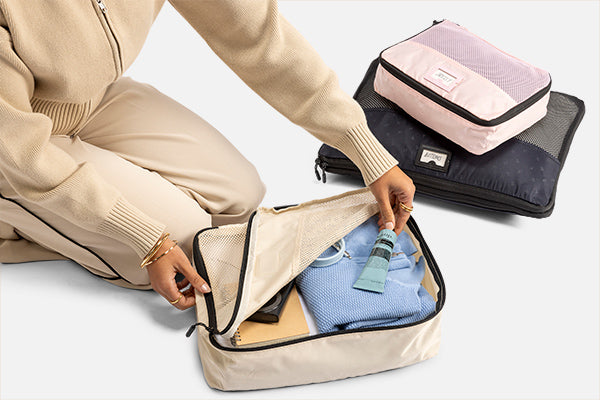
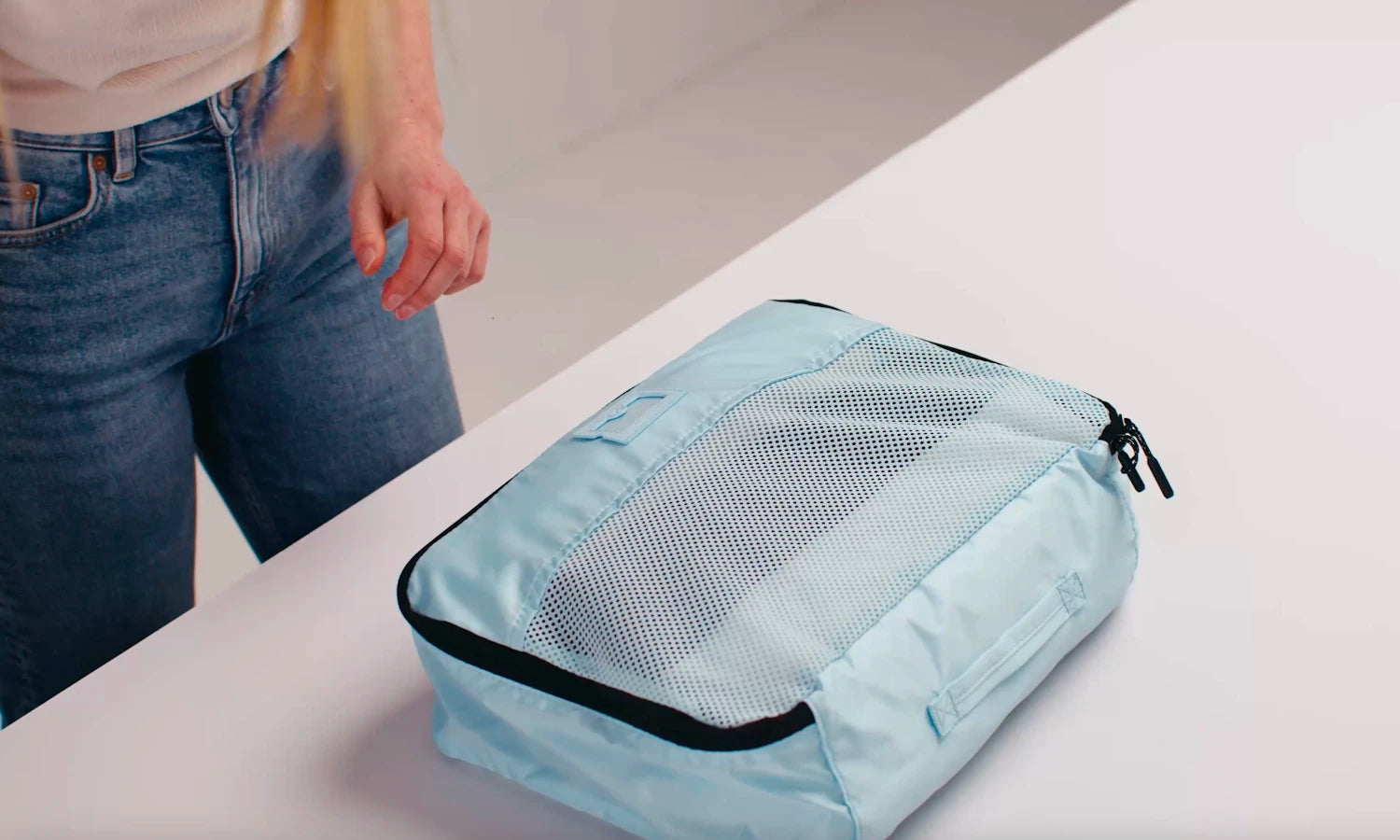
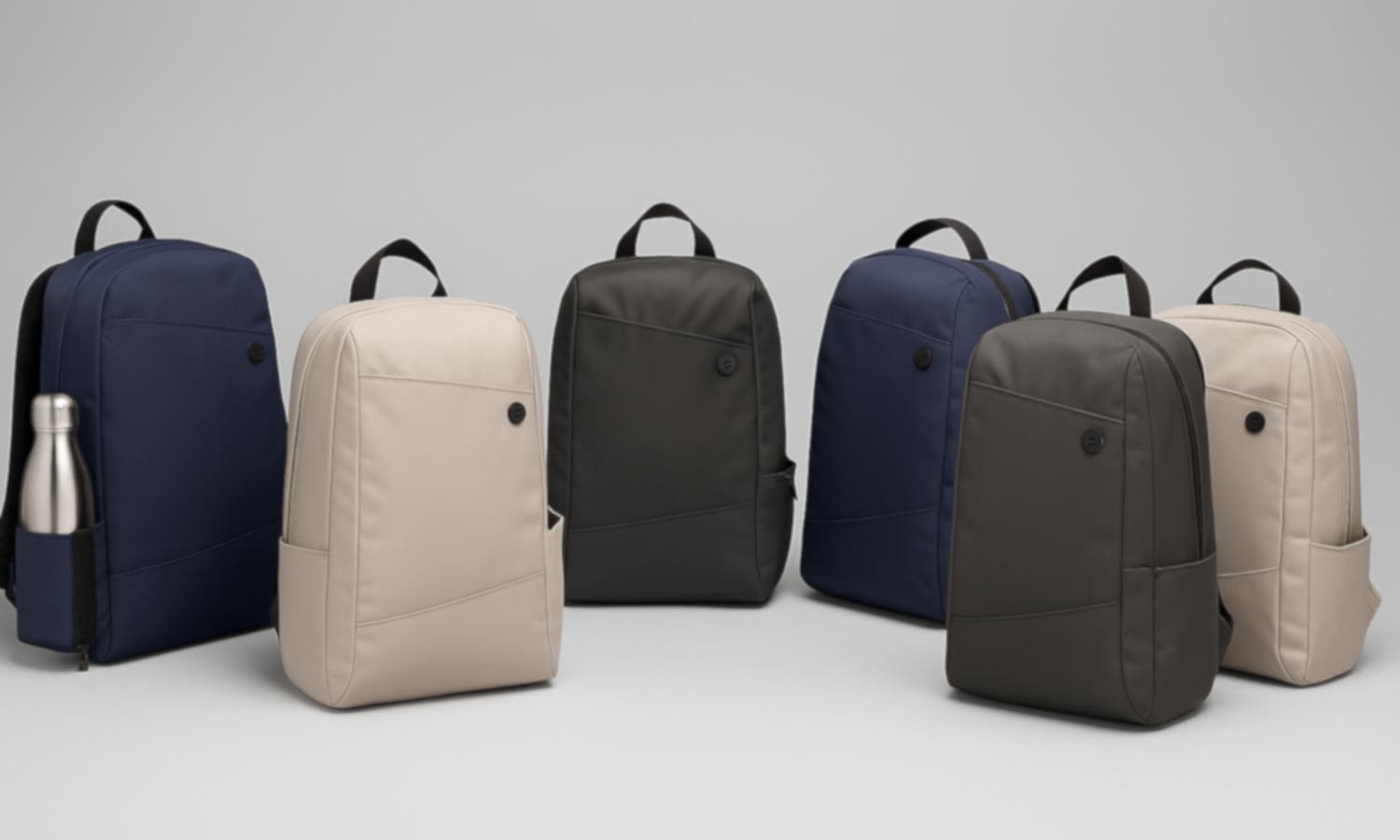
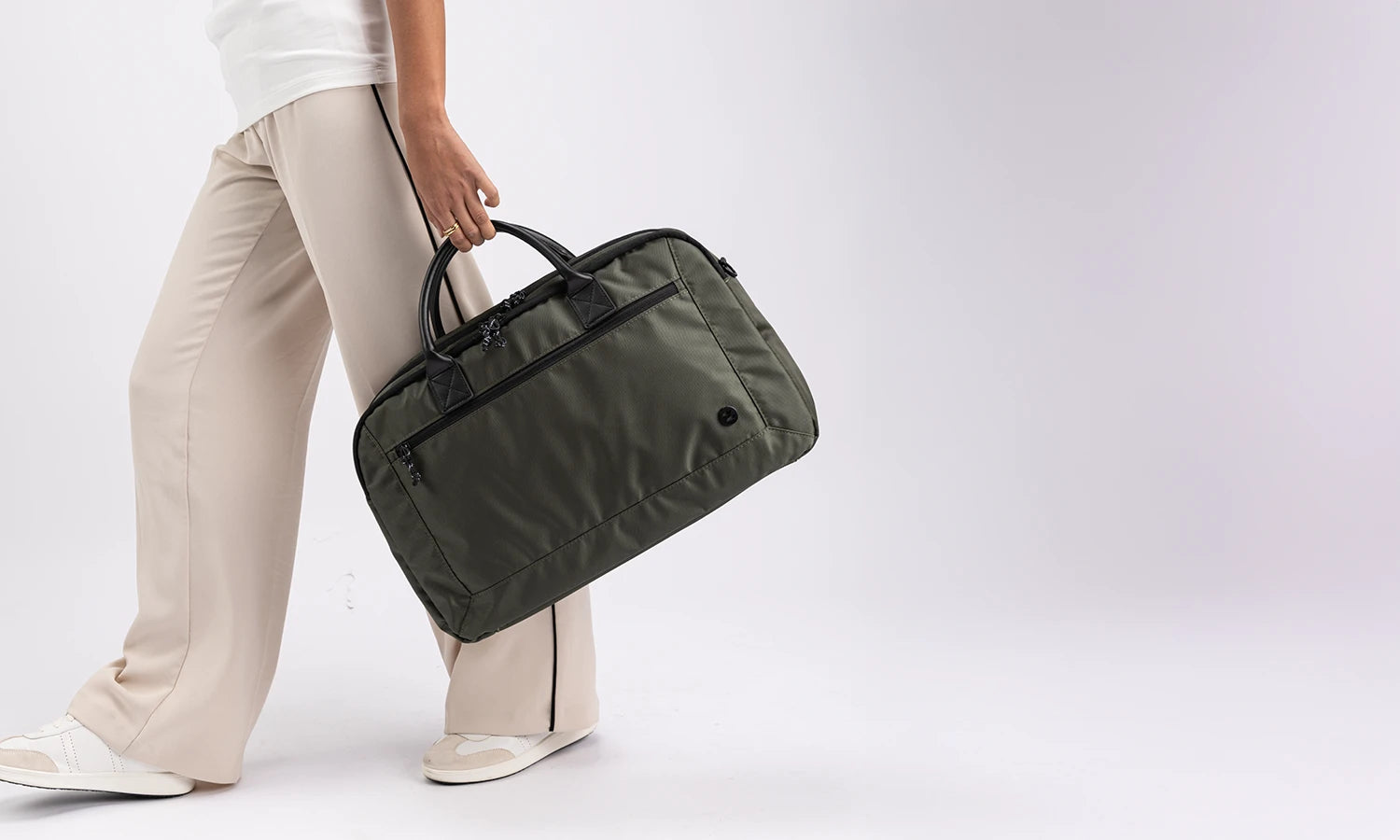
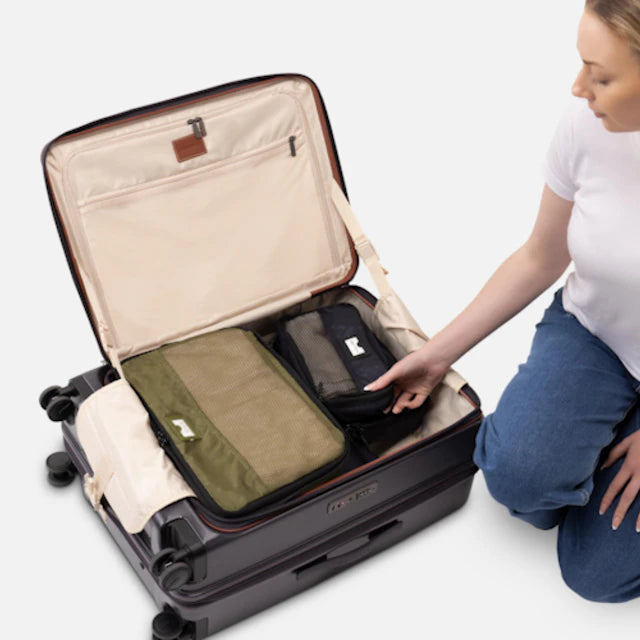


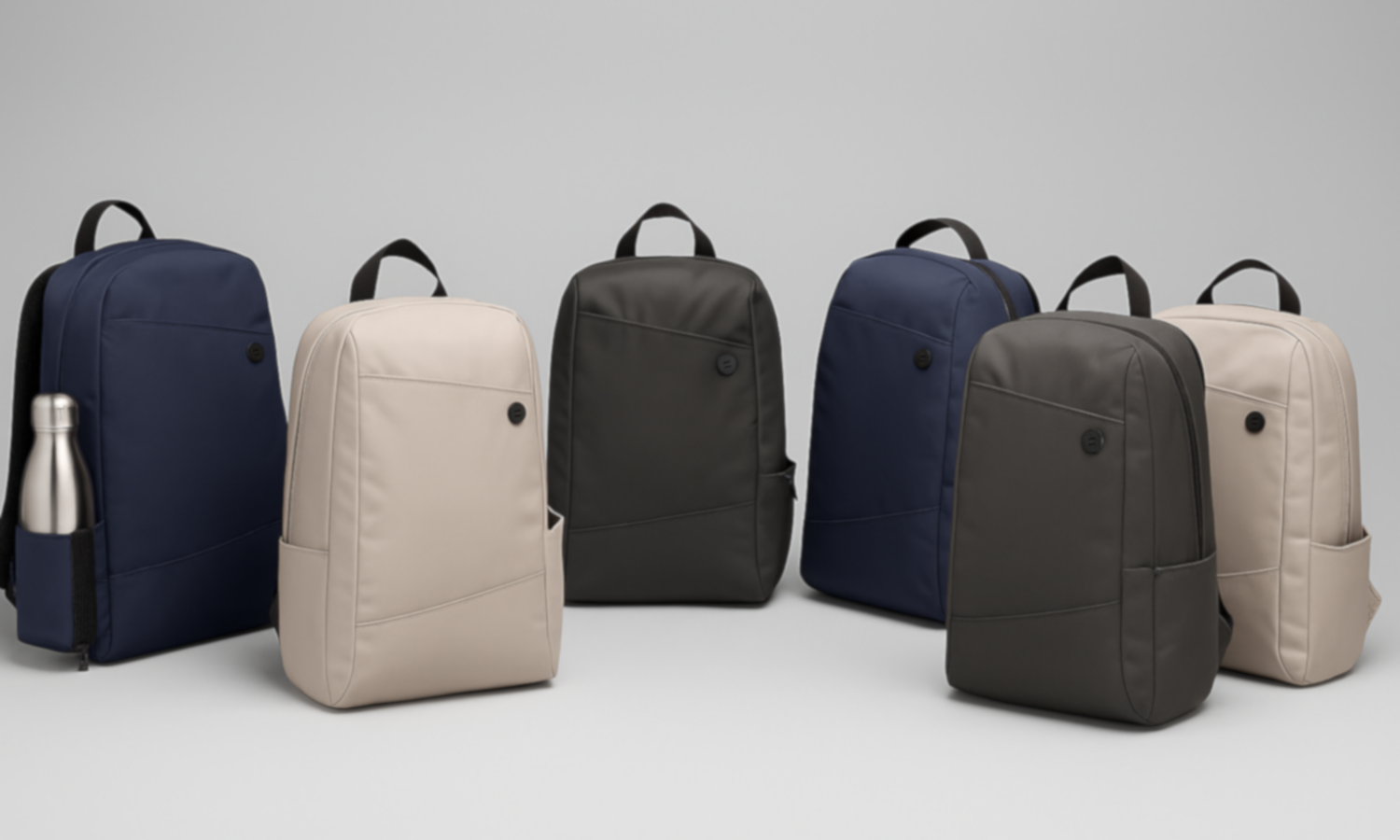
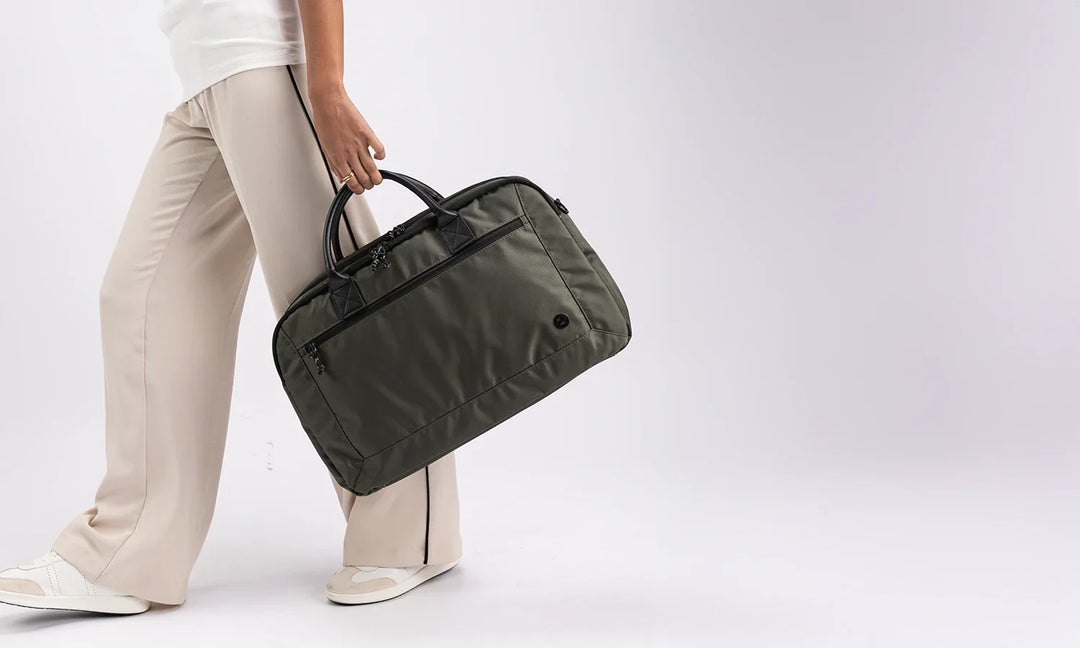
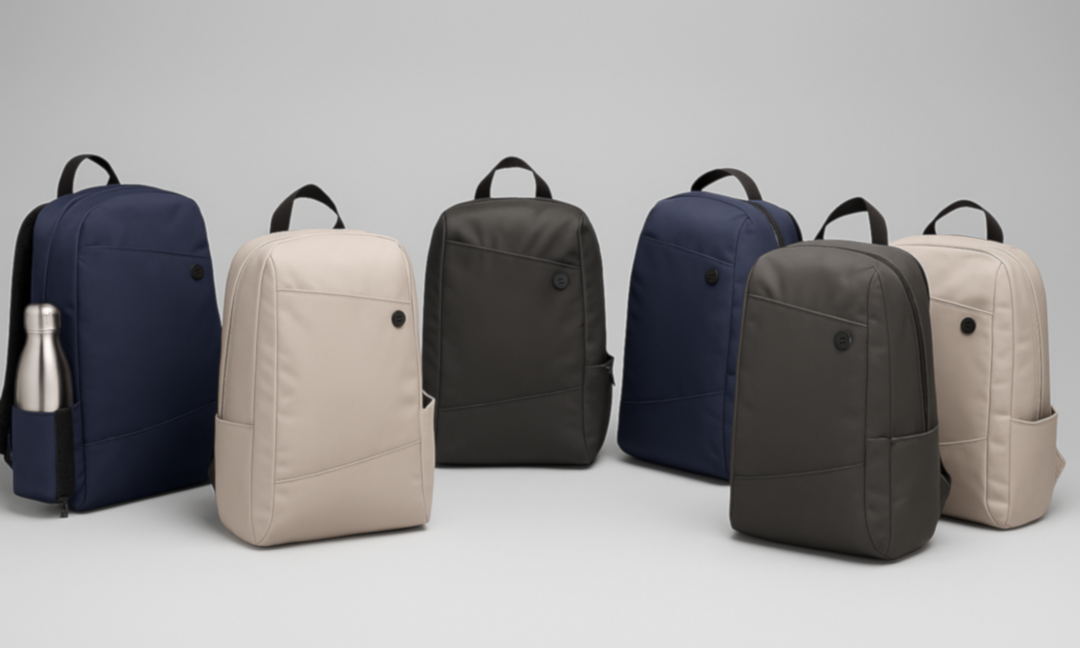
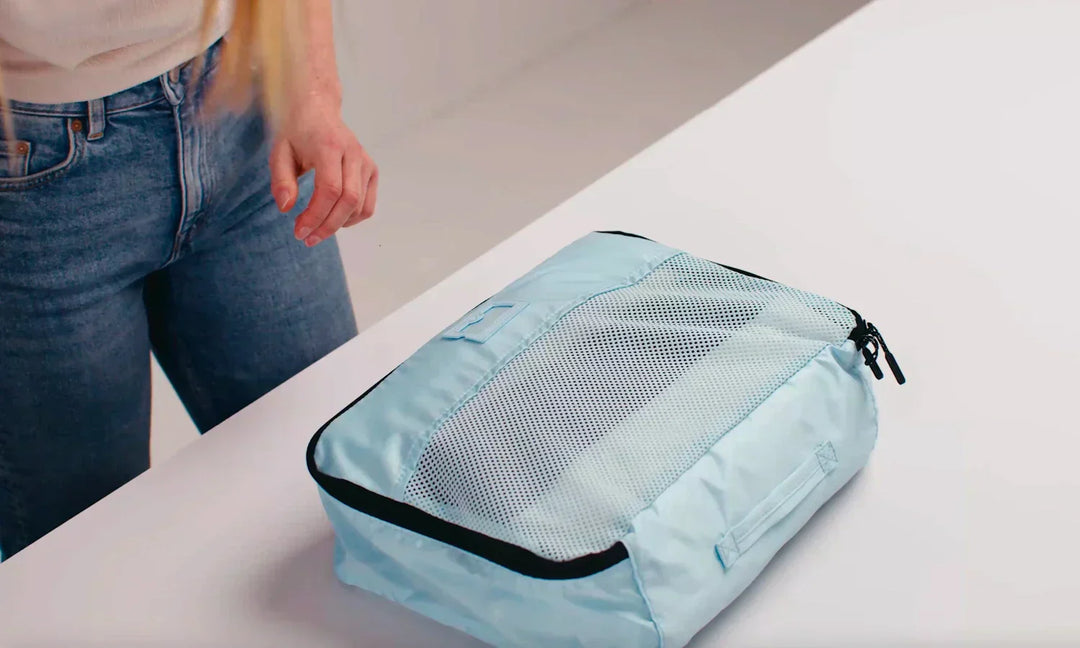

Leave a comment